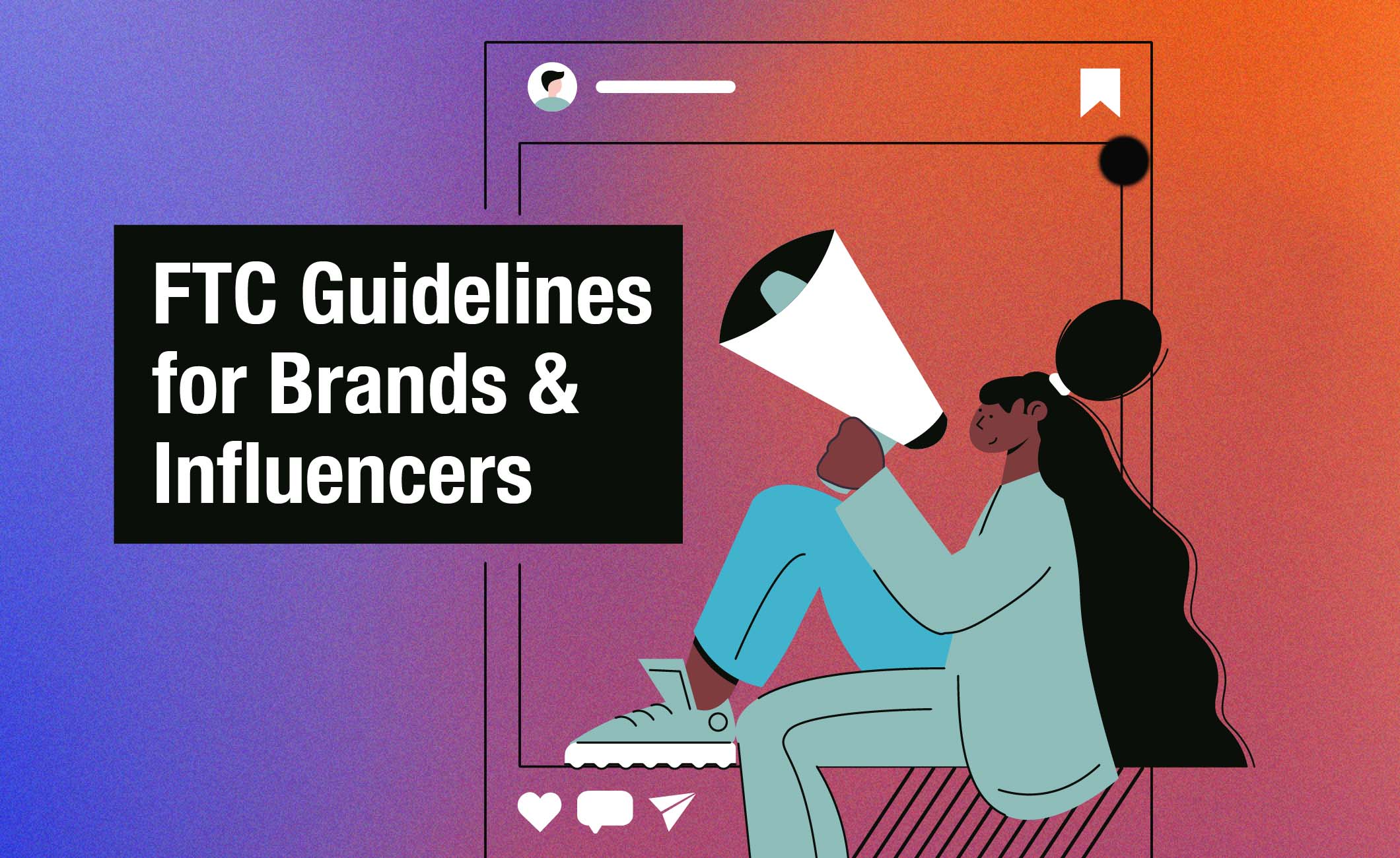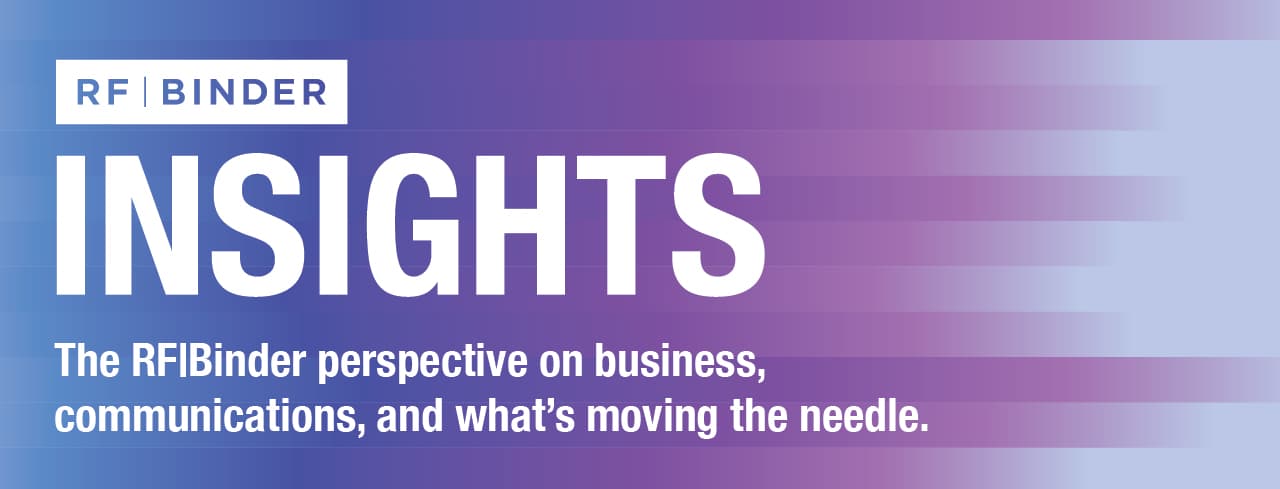None of us can deny the powerful impact that social media – specifically influencer marketing – has had on consumer purchase behavior. This evolution paired with the rapid growth of influencer marketing has led to an influx of brands partnering with these thought leaders to reach their target audience.
Last year – for the first time since 2009 – the Federal Trade Commission (FTC) issued a new set of guidelines to ensure that sponsored content is properly disclosed and in compliance with laws against deceptive ads. These guidelines reiterate how important it is for influencers to keep their reviews honest and truthful and to obviously disclose when they are being compensated by a brand.
Under these updated guidelines, influencers – and the brands they partner with – are required to be crystal clear when differentiating sponsored content. This is why we’re sharing our top five tips for navigating these new guidelines:
1. Vet Thoroughly and Mindfully: Beyond quantitative data such as potential reach and average engagement rate, it is beneficial to look at an influencer’s feed to see how they’ve disclosed past brand partnerships. You should be able to easily identify what is a sponsored vs. organic and there should be a balance of these content types to ensure authenticity. It is also worth noting whether the influencer posts political and/or social commentary, as the brand will want to weigh whether an association between itself and the influencer makes strategic sense given it’s values and the influencer’s point-of-view.
2. Don’t Rely on Others: While it may be the influencer’s responsibility to include all the necessary disclosures, the brand and agency teams should stay informed on all aspects of the guidelines. This will add another layer of protection during content review and will help ensure that all parties involved are feeling good about the content before it is posted.
3. Be Clear in Briefs: Brands should always outline disclosure requirements in conversations with influencers and in the content briefs that they provide to them. It never hurts to spell out these requirements in writing and link directly to the guidelines in case there are questions.
4. Think Audio and Visual: If endorsements are made in a video, disclosures must be made in both audio and video methods. Since so many consumers quickly watch only a portion of videos, it’s important to have multiple measures in place as a safeguard, such as pulling disclosures through via an “in partnership” call-out at the top of the video; visible #ad text overlay throughout; hashtag disclosure in the first line of caption copy and through use of the platform’s Branded Content Tool.
5. Embrace the Responsibility: As Voltaire says, “with great power comes great responsibility” and brands should think of these parameters in the same way. Influencers with strong connections to their communities will be able to provide their take on the brand and product in their own authentic voice, while still adhering to the guidelines. This FTC brochure provides additional tips on how, when and where to properly disclose.
If your brand is looking to influence, RF|Binder delivers industry-leading influencer campaigns that help brands achieve their communications and business objectives. Feel free to reach out to sofi.biviano@rfbinder.com for more information!

